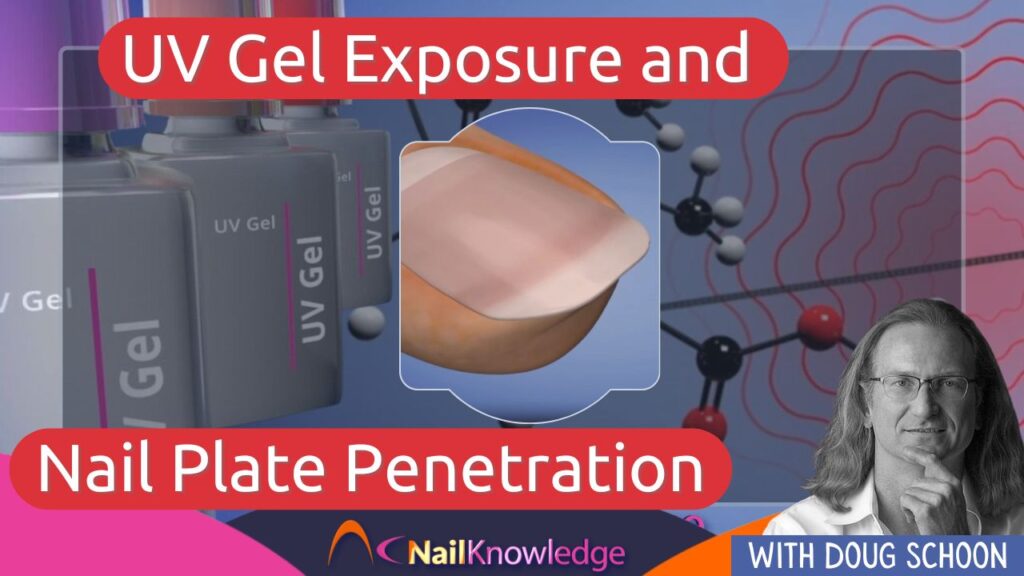En el mundo de cuidado de las uñasLas preguntas sobre la seguridad y los efectos de los productos son un tema común entre profesionales y clientes. Con frecuencia recibimos consultas sobre diversos aspectos de los tratamientos de uñas, en particular los relacionados con Geles UV y potencial alérgico reacciones.
Una cuestión recurrente que ha suscitado considerable debate y preocupación gira en torno a la probabilidad de que alergias al penetrar el gel no endurecido en el placa para clavos. Dada la complejidad de este tema y la importancia de una información precisa, este artículo pretende aclarar estas inquietudes con opiniones de expertos y respuestas basadas en pruebas.
Ésta es una pregunta frecuente que nos hacemos en el ámbito del cuidado de las uñas
Una amiga tiene una alergia que cree que se debe a que el gel no curado de la placa de la uña entra en el cuerpo por esta vía, pero sospecho que es por una exposición excesiva al gel UV o al polvo. ¿No son las moléculas de los ingredientes demasiado grandes para entrar en la placa de la uña?
Aclarar las preocupaciones sobre la alergia a las uñas: Exposición frente a penetración
Sería extremadamente improbable que la penetración a través de la lámina ungueal fuera la causa de la alergia. La excepción sería que la lámina ungueal estuviese muy dañada o que le faltasen partes que dejasen al descubierto la uña. lecho ungueal.
Si el lecho ungueal desnudo se expone al gel UV, los riesgos de desarrollar una irritación o una alergia cutánea permanente aumentarán significativamente. Los geles UV sólo deben aplicarse sobre una lámina ungueal intacta. La piel tiene sus propios sistema inmunitario que está separado del sistema inmunitario interno. Esto explica por qué es necesario el contacto directo con la piel para provocar alergias cutáneas.
Los ingredientes del gel UV NO penetran a través de las placas sanas e intactas de las uñas para causar alergia, sino que ésta se produce por la exposición directa al gel UV, polvo, limaduras o capa de inhibición. Esto es especialmente probable si los geles UV no están bien aplicados. curado.


